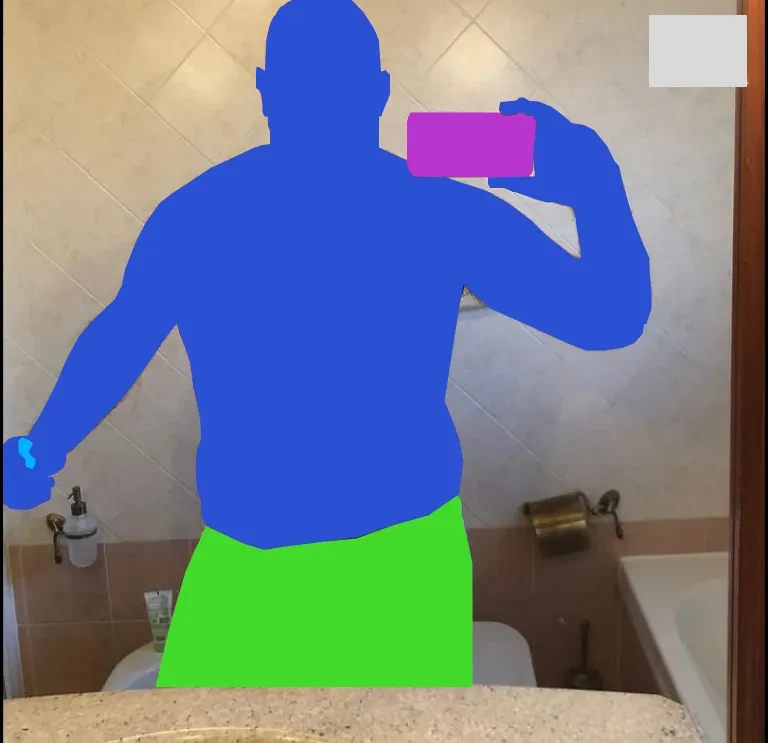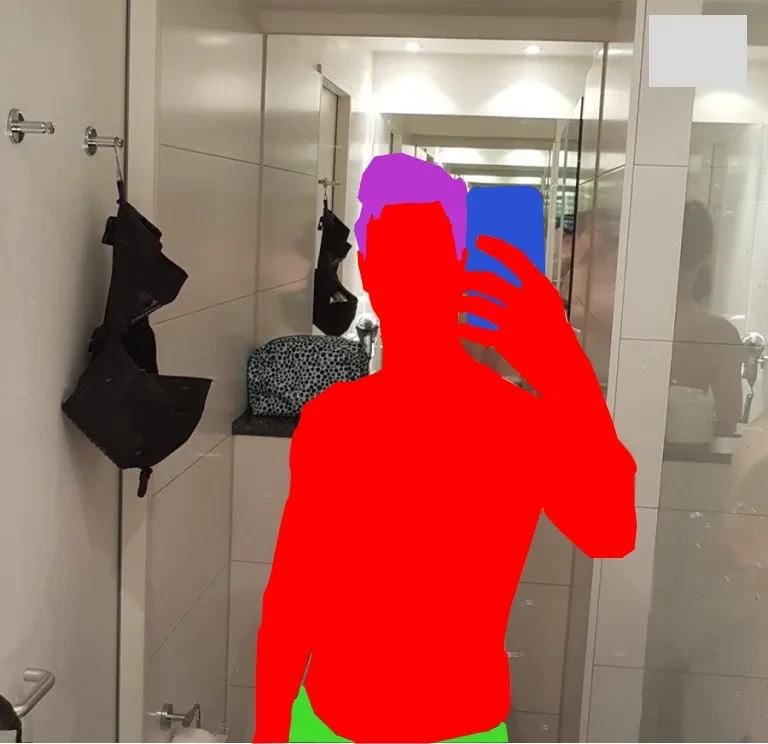Human Body Segmentation Dataset
Home » Case Study » Human Body Segmentation Dataset
Project Overview:
Objective
To develop a high-quality dataset for human body segmentation, which is essential for advancing computer vision applications like augmented reality, virtual try-on systems, and video game development, several steps must be taken.
Scope
We are looking for a collection of diverse human body images in various environments, poses, and lighting conditions. Moreover, these images should include detailed annotations to clearly distinguish individual body parts and ensure data accuracy.




Sources
- Studio portraits thoughtfully collected with controlled lighting, successfully curated for visual precision.
- Outdoor shots meticulously gathered in different weather and lighting conditions, thoughtfully curated for variety.
- Images from sports events capturing dynamic poses that have been carefully collected and successfully curated.
- Indoor household settings successfully collected and organized.
- Crowd images from public events thoughtfully gathered and successfully curated for comprehensive representation.



Data Collection Metrics
- Studio Portraits: 50,000
- Outdoor Shots: 70,000
- Sports Event Images: 40,000
- Indoor Settings: 90,000
- Crowd Images: 50,000
Annotation Process
Stages
- Raw Data Cleaning: First, ensure all images are clear and free of blurs. Additionally, remove any duplicate images.
- Boundary Annotation: Next, draw boundaries around the entire human body.
- Body Parts Segmentation: Then, detail individual body parts such hair and skin and if applicable, distinguish between clothing, accessories and footwear.
- Clothing Segmentation: If applicable, distinguish between different clothing items like shirts, trousers, dresses, shoes, and so on.
- Annotation Review: Finally, conduct a review to check for and fix any inconsistencies.
Annotation Metrics
- Total Annotations: 1,200,000 (4 segments per image on average)
- Boundary Annotations: 300,000
- Body Parts Annotations: 600,000
- Clothing Annotations: 240,000
- Annotations Reviewed: 60,000




Quality Assurance
Stages
Expert Review: Segmentation experts examined random samples of the annotations to ensure accuracy.
Automated Checks: Algorithms flagged possible overlaps or missing segments for further inspection.
Inter-annotator Agreement: Some tasks were given to multiple annotators to verify consistency and reliability.
QA Metrics
- Annotations Reviewed by Experts: 120,000 (10% of total annotations)
- Inconsistencies Identified and Rectified: 12,000 (1% of total annotations)
Conclusion
The Human Body Segmentation Dataset is a key resource for advancements in computer vision related to the human form. It ensures precision by covering a wide range of human poses, clothing, and environments.

Quality Data Creation

Guaranteed TAT

ISO 9001:2015, ISO/IEC 27001:2013 Certified

HIPAA Compliance

GDPR Compliance

Compliance and Security
Let's Discuss your Data collection Requirement With Us
To get a detailed estimation of requirements please reach us.
